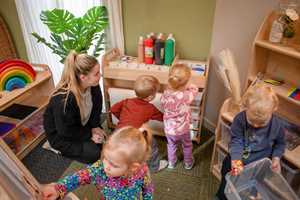
Lesson Ideas and Activities
Creating Opportunities for Dance and Drama
Dance is a compulsory activity within the National Curriculum for Physical Education (P.E.). however dance lessons can sometimes be pushed to the back of the curriculum becoming almost non-existent.
In a current Ofsted subject report published in September 2023, “in two thirds of the schools visited, dance is not taught to all pupils, or the dance content being taught is not well organised.”
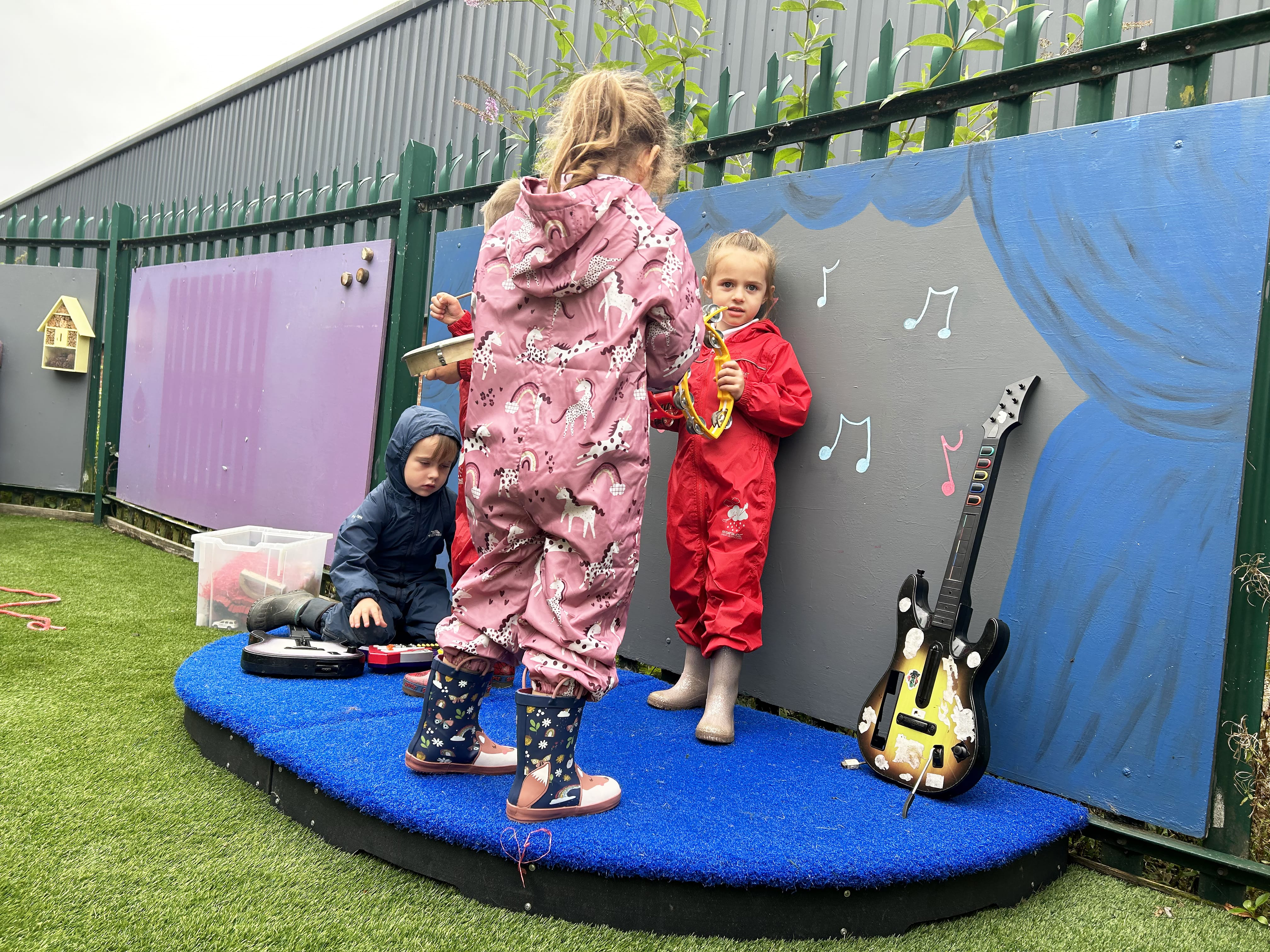
Dancing in school is a unique lesson which blends creativity and physical activity. Children often dance for the sheer pleasure of doing so, dance can unite people and can be an important part of festivals, rituals, traditions and cultures.
Through a dance unit, pupils are given the opportunity to perform which can boost self-esteem and wellbeing. Dance lessons not only encourage physical activity, young people also learn to work together, solve problems, develop verbal and non-verbal communication, observation and assessment skills.
Dance activities support the development of healthy lifestyles helping to develop cardiovascular health, strength and endurance. Dancing is a highly social activity and pupils will want to laugh and have fun which can instantly boost mood and feelings.
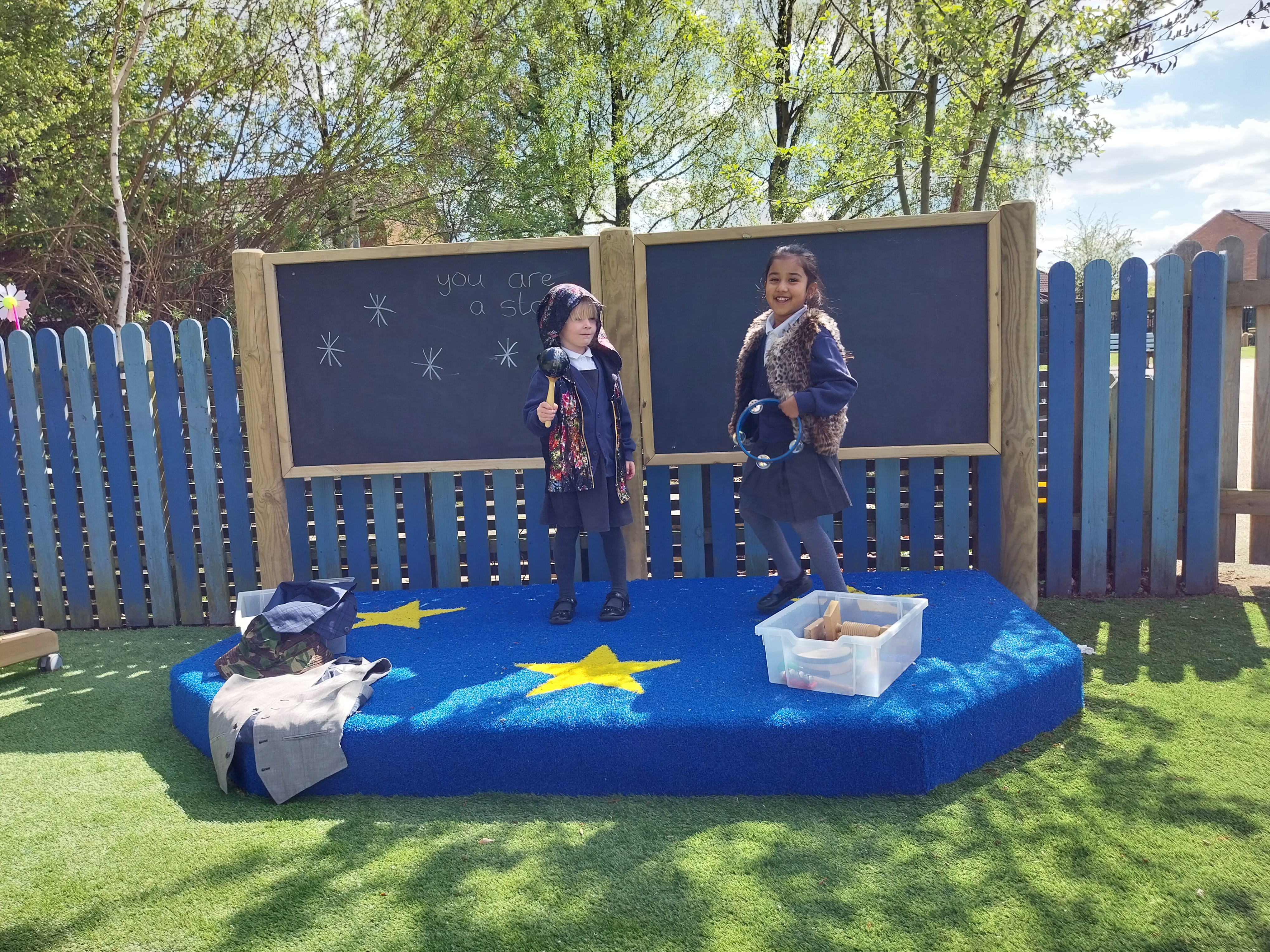
These are just a few of the main reasons as to why schools need to incorporate dance into their physical education curriculum and why teaching dance is such a vital thing to do.
Skills and Themes of Dance
The music and dance curriculums are closely connected with different types of music used as a stimulus for movement. Dance performances can show changes to the mood and character of a piece of music and an understanding of rhythm and repetition can be demonstrated.
Body percussion, indoor and outdoor musical instruments and recorded music are essential for effective dance teaching.
When teachers are planning a series of dance lessons they will consider the needs of the class, what the children are interested in and the developmental stage of the pupils.
Skills Developed From Dance Lessons
Skills which form the basis of early dance include:
- Controlled movements and coordination development
- Confidence in moving when walking, hopping, jumping and landing
- Balance, control and core strength
- Sequencing and remembering simple movement patterns
- Moving in time with music showing an awareness of musical changes
Themes For Dance Lessons
Teachers can choose a particular theme for a dance unit and/or lessons which may provide cross- curricular links. Popular early years/key stage 1 themes include:
- Animals – penguins, mini beasts, the jungle
- Fantasy – witches, wizards, dragons
- Space
- Superheroes
- Toys
- Traditional Tales
- Festivals
- Under the Sea/Pirates
- Seasons
Teachers must decide which stimuli would enrich children’s dances which could include: music, percussion instruments, electronic or recorded sounds, rhymes, poems or stories. Props such as fabric, ribbons, hoops, balls and costumes can also be used to aid performances.
A Typical Dance Lesson Plan
It's important to create strong foundations for your lesson plan if you want to teach dance. Below is an example of a great dance lesson and how you could implement something like this.
Warm-up
A dance lesson would usually begin with a warm-up to prepare the body for activity and increase heart rate.
A dance warm up can consist of copying teacher actions to a well selected piece of music. These could include:
- Clenching and opening fingers
- Toe tapping
- Marching
- Hopping
- Lifting shoulders alternatively
- Circling shoulders
- Twisting
- Outstretching and bending arms
Teaching dance movement patterns demonstrated in the warm-up activity can link to the theme of the session. It may be useful to start a warm up in a seated position where pupils can initially focus on moving hands, wrists, arms, head and shoulders, changes in tempo and intensity can also be introduced.
Teaching New Dance Techniques
The second part of the lesson is an opportunity for pupils to learn new dance techniques and further their way through a dance unit. One example for a dance skills sequence could be themed around ‘falling autumn leaves.’
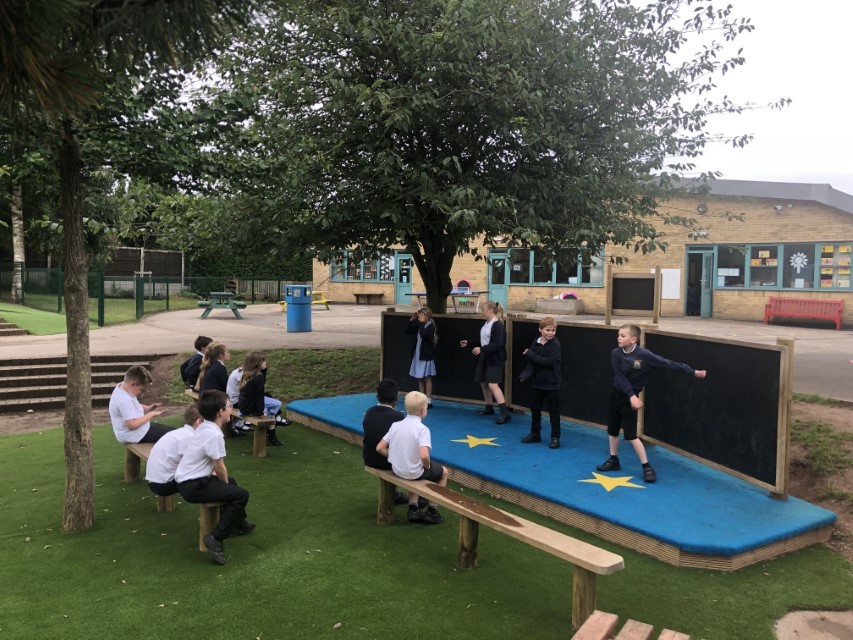
Pupils should be given the opportunity to study and collect leaves in the outdoor environment. Children can observe the shapes, colours and sounds made by the leaves.
Pupils could then practise sitting on the floor and making their fingers and arms slowly and lightly flutter and float down to the ground. Children could then try this from a standing position whilst also creating a winding path on their journey to the ground. A tambourine or bells could be used as a musical accompaniment here to emphasise lightness.
Pupils could then imagine themselves as leaves as they travel around the room. Teachers could emphasis small, light springing steps. Pupils could then use their arms to help them float around the room focussing on different levels as they float to the ground.
Scarves could be used as a prop as children practise skipping, hopping and turning. At this point pupils should respond imaginatively and creatively to music using a variety of different movements.
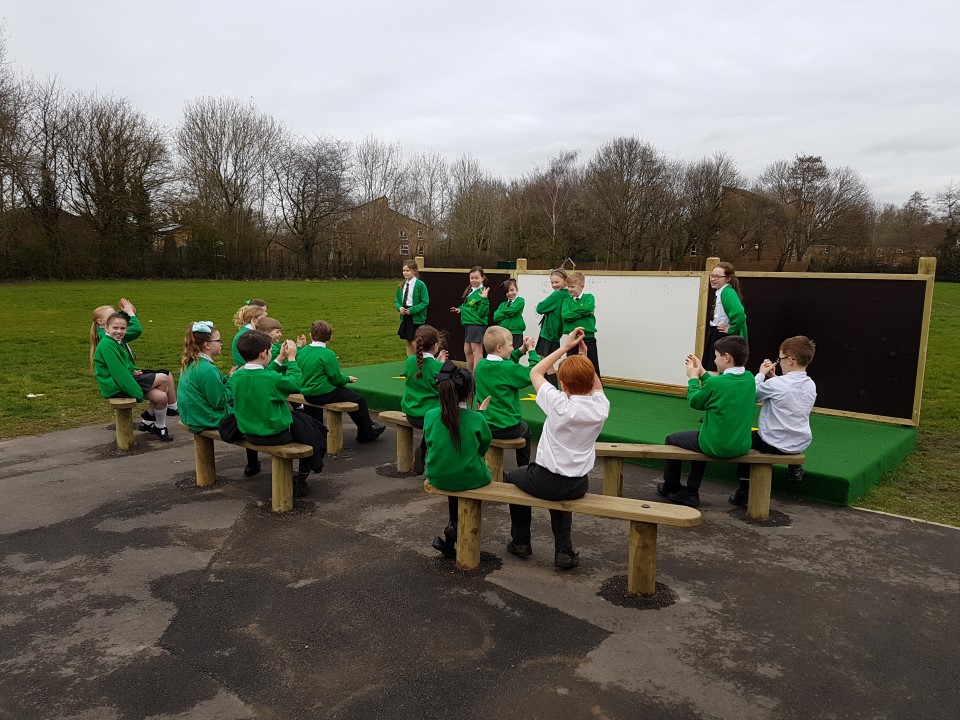
Children could practise making tall, tree-like shapes with their bodies before rocking from side to side as the leaf begins to fall.
Creating a Dance Framework
A dance framework can then be explained which requires pupils to use some of the practised movements with music.
- Start by standing in a tall, tree-like position
- Rock from side to side as you fall from a tree
- Travel in your winding pathway to the ground
- Toss the scarf in the air and settle on the ground in a leaf shape
A cool down where children sit and listen to a calm piece of music or walk around the space performing light movement patterns or simple stretches can be used to prepare pupils to re-enter the classroom.
Drama in the Primary Curriculum
Dance and drama experiences can be closely linked. Improvisation, role play and imaginative games are linked to aspects of dance for young children. Stories and dramatic scenarios can provide a context for movement. Young children will often associate a ‘real’ image to a type of movement they have been asked to perform.
Drama can be used to teach many aspects of the primary curriculum which may take the form of: dramatising a section of a story, reenacting a moment in history or even taking on the role of zookeepers to aid learning in science lessons.
The National Curriculum states that as part of the English curriculum pupils should: “Participate in and gain knowledge, skills and understanding associated with the artistic practice of drama. Pupils should be able to adopt, create and sustain a range of roles, responding appropriately to others in role.
They should have opportunities to improvise, devise and script drama for one another and a range of audiences, as well as to rehearse, refine, share and respond thoughtfully to drama and theatre performances.
Skills Developed Through Drama
When children engage in drama-based activities, they develop many important skills such as:
- Social skills like communication, language and body language
- Engaging with texts and making connections
- Exploring ideas and reflecting critically
Drama lessons don’t need to always take place in a school hall where pupils could actually be easily distracted or interrupted. Both the indoor and outdoor classroom enable drama to take place on an everyday basis even if the sessions are a short five or ten minutes.
Young children’s own free play can be closely linked to drama as they act in role, develop stories or change the spaces and materials they have to suit their interests and ideas, therefore helping to develop an understanding of the world.
When working with young children drama activities may take different forms and often best practice combines different approaches:
- A teacher may lead a session where the children act out the teacher’s scenario – this could be an opening lesson which will lead into more open-ended work.
- A small group can play together with occasional adult intervention where a teacher may act both in and out of role.
- A class can work together as a whole group with a clear focus and task.
Drama experiences can take the form of a play which may have evolved through children’s role play, stories or film and television.
Ideas for Teaching Drama
After speaking to a few drama teachers, we gathered the best tips for delivering drama lessons and how to create an effective lesson plan.
Intervene With New Ideas
Early years practitioners will be skilled at intervening (sometimes briefly) in children’s role play either as themselves or by taking on another role. This could involve buying some flowers from the garden centre or having a meal at the restaurant!
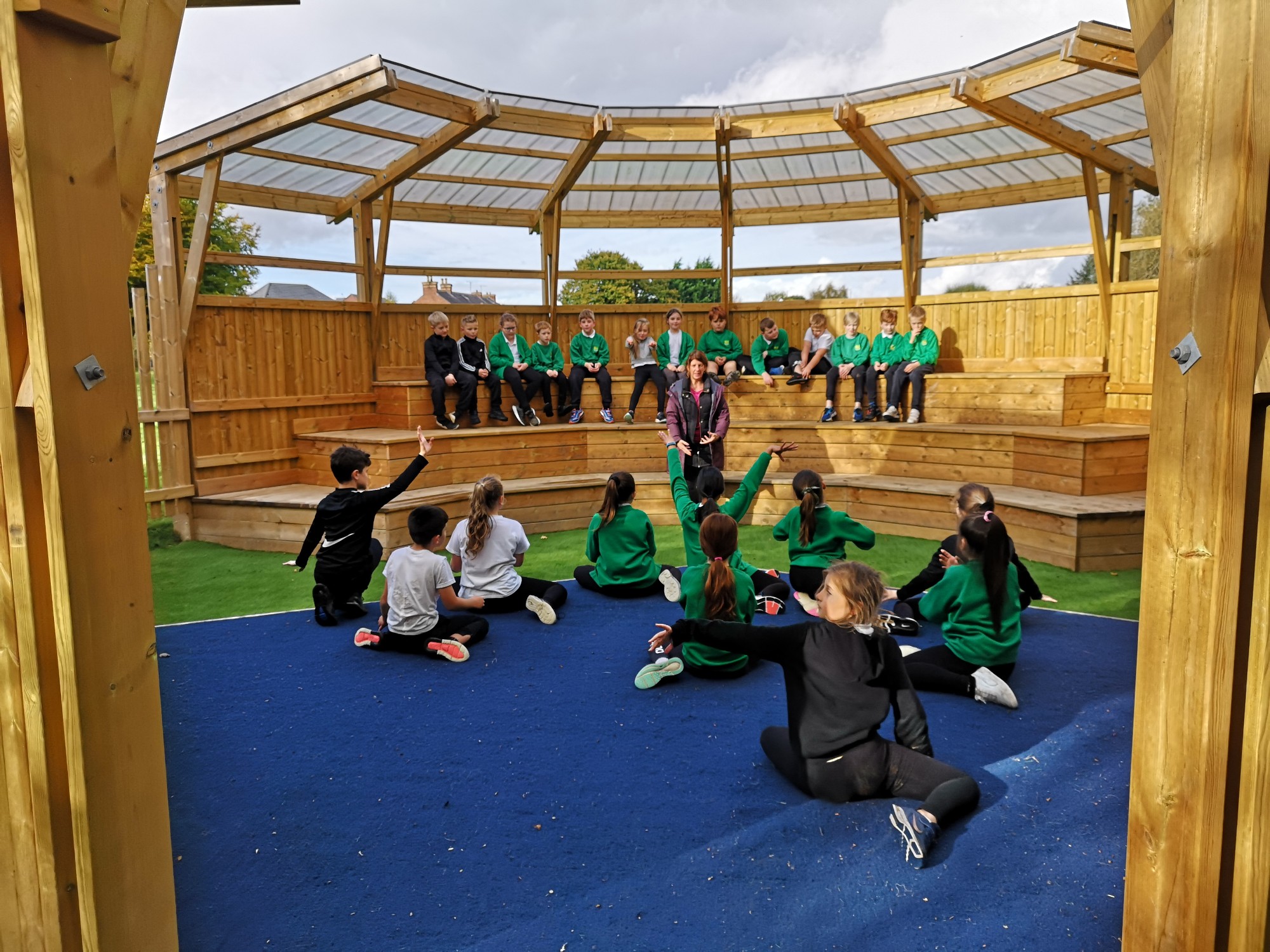
In this way practitioners can support children in their role play by creating new possibilities and ideas to explore, introducing new vocabulary and encouraging children to expand upon their narratives.
Teachers know their classes well and will know whether groups of children playing in the role play area require support, challenge or a new focus. Sometimes a challenge/idea could briefly be set by an adult such as ‘I think my puppy may be sick. Can you help?’
Stimulate Children With New Objects
One way to ignite imaginative play is to present children with an item to stimulate curiosity. Items could include a key, a shell, a seed, or a telephone. Teachers can present children with an object which may be linked to current learning such as: ‘I’ve found this magical crown but I’m not sure what happens when you wear it. Can you help?’
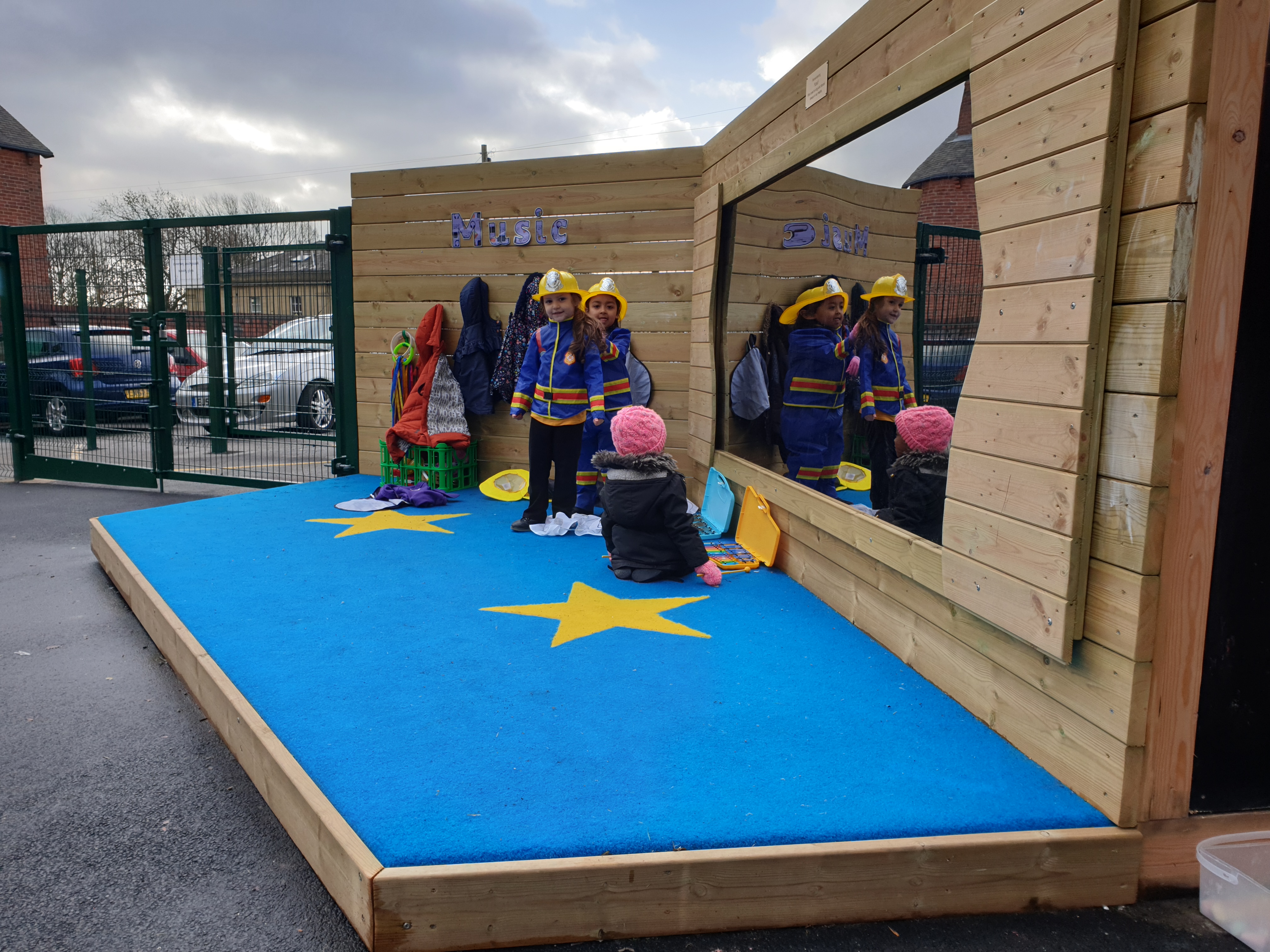
Using a well-known story to develop drama can be a useful tool. In the story ‘The Paper Dolls’ by Julia Donaldson, Rosie takes her paper dolls on many adventures, they meet a dinosaur, journey on a bus, meet a big tiger and fight off a crocodile!
This story can be used as a starting point for children to create their own adventures in a small group with their own set of paper dolls and various props. This allows pupils to create their own imaginative work using a structure they are already familiar with.
Use Traditional Tales
Traditional tales can be effective when some of the decisions are handed over to classes and pupils carefully consider specific actions and moments from the story. Using the story of ‘Cinderella’ pupils could be asked:
- How could Cinderella act when her dress was ruined and she couldn’t go to the ball. How could she try to convince her Stepmother to let her go?
- How could Cinderella let the prince know she was locked in her room?
- Is Cinderella scared when she rides in the carriage? Does she worry she will be recognised by her stepsisters? How could she avoid her stepsisters?
When children respond to simple ‘How’ questions they are responsible for making decisions and therefore creating their own story. Pupils are able to decide how their own narrative will play out. Perhaps Cinderella takes revenge on her stepmother and makes her own way to the ball!
Use Ideas From The Class
Large group drama activities can be introduced into early years settings where a teacher takes on a character using pupil’s suggestions. A set of strange footprints can appear on the floor which belong to an alien! In order to meet the alien, the children have to construct the character.
Practitioners can ask: What does the alien look like, how does it move/talk/speak/eat? Pupils can make various suggestions and the teacher can act them out to see if their ideas are right. Then it will be time to meet the alien, the teacher will act in role as the alien as the group wish but the alien will look sad and confused.
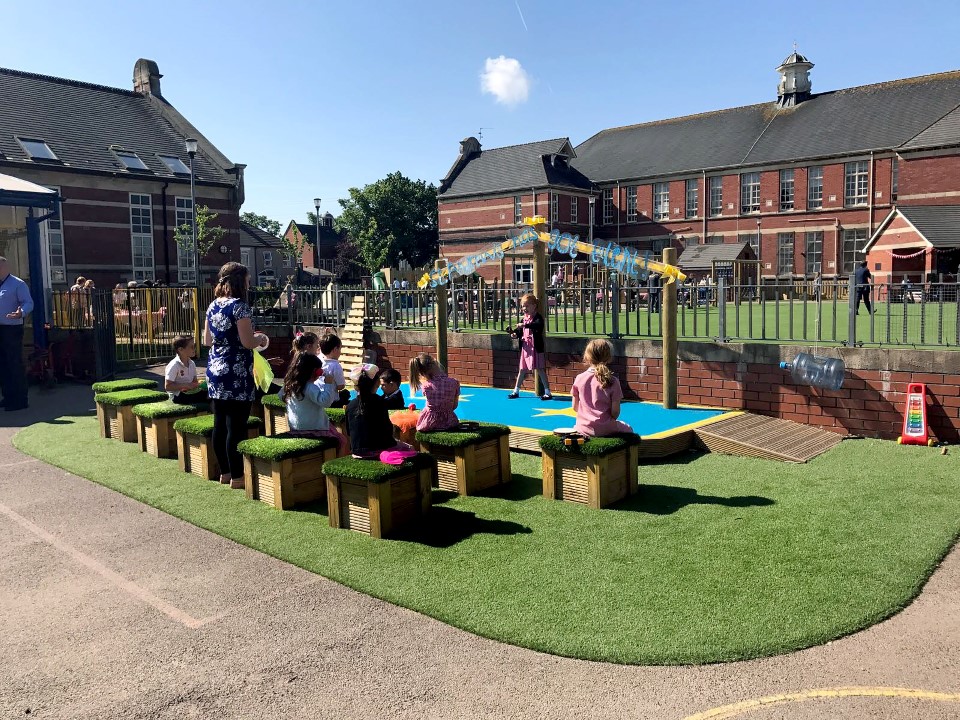
Pupils will need to suggest what is wrong with the alien, perhaps it wants to go home to its own planet. Children can try different scenarios to discover the alien’s problem.
Inspire the Class With Pictures
Still images can be a useful aid when initiating dramatic ideas. A group could be presented with a photograph or picture and asked to each take on the positions of the people in the image. Once children are happy, they can then be asked to bring the image to life for a short amount of time using movements, non-verbal gestures and perhaps a line or two of dialogue.
Another way of using images is to take a set of (5/6) key images from a picture book which pupils are not familiar with. Pupils can either work as a whole class or in smaller groups to create a drama which links the different images. Pupils will need to develop a beginning; middle and end structure and they may also consider telling the story from different points of view.
Create The Best Drama & Dance Lessons Today!
Too often dance and drama lessons can find themselves pushed out of a busy curriculum yet both subjects are crucial when it comes to developing conversation, storytelling, role play and listening skills.
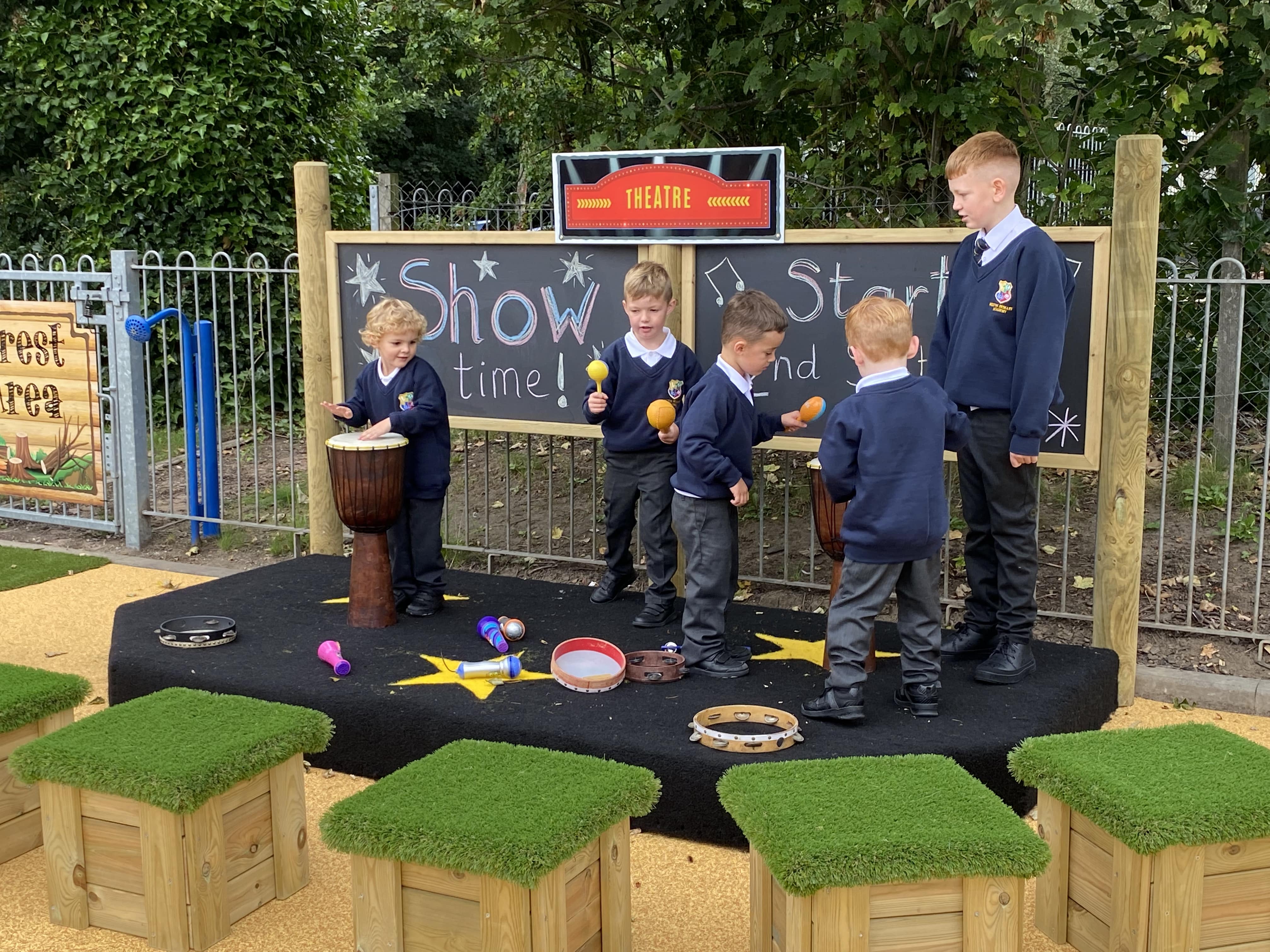
By exploring stories, movement and music children find new ways to express meaning and explore new vocabulary. I firmly believe that participation in the Arts motivates and enhances children’s desire to learn, playing an important role in inspiring and improving the whole school environment.




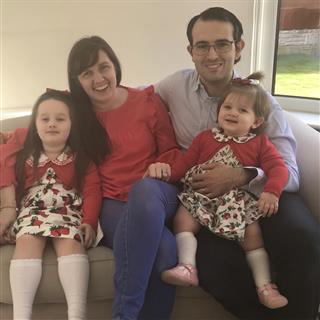
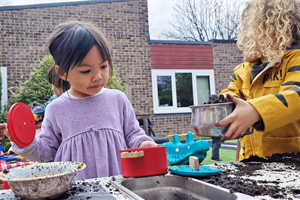
 (Custom).jpg)